|
A feature length documentary film about Southern Italian culture told through its indigenous folk music. The film focuses on how these traditions are dealing with the rapid changes in local economy and the homogenizing effect globalization has on local culture. Filmed by an Italian-American rediscovering his family's roots, the film takes the viewer on an odyssey through remote regions in Sicily, Calabria, Campania and Molise introducing the people who carry on these ancient traditions that most Italian Americans are completely unaware of. The Zampogna - the Italian bagpipe is the physical manifestation of this culture, its music representing the spirit and vitality of the Southern Italy. For those interested in more about the history of the zampogna, click this link... Who knew the history goes back as far as the Babylonians, Greeks and Romans? --Jerry Finzi If you enjoyed this post, please share it with your friends and LIKE it... grazie. UPDATE: December 3, 2015 - I came upon the following video which I thought would add to the history of the zampogna. The rustic charm of this old zampognaro in his humble home is like looking back in time.... Enjoy.
0 Comments
Fantastic scene from the classic film Saturday, Sunday & Monday where Sophia Loren goes to a butcher shop to buy special meats to make her ragu sauce, only to get into an argument with the other women about whose method is best. Although this video is a bit dark, there is a wonderful translation--almost good enough to write down and make a recipe from. Enjoy... Inventor of the Barometer  Evangelista Torricelli was born Oct. 15, 1608 in Faenza, Romagna. He was an Italian physicist and mathematician who invented the barometer. The catalyst for inventing the barometer was spurred on by Galileo's suggestion to Torricelli that he should use mercury in place of water for his vacuum experiments. After reading his papers in 1641, Galileo invited Torricelli to Florence, where he became the aging astronomer's secretary and assistant during the last three months of Galileo’s life. After Galileo's death, Torricelli was appointed as his successor as professor of mathematics at the Florentine Academy. Two years later, pursuing the suggestion by Galileo, he filled a glass tube 4 feet (1.2 m) long with mercury and inverted the tube into a dish. He observed that some of the mercury did not flow out and that the space above the mercury in the tube was a vacuum. Torricelli became the first man to create a sustained vacuum. His observations proved that the variation of the height of the mercury from day to day was caused by changes in atmospheric pressure. He never published his findings, however, because he was too deeply involved in the study of pure mathematics. Since atmospheric pressure also changes with altitude, Torricelli's barometer also could be used as an altimeter. Torricelli died Oct. 25, 1647 in Florence at a mere 39 years old. For the last five or six years I've been making something special with the leftovers from our Thanksgiving meals... I call it Thanksgiving Day Pizza. Basically, I make a pan pizza dough recipe and instead of using my tomato pizza sauce, mozzarella and other Italian toppings, I use just about all the fixings from our Turkey Day dinner. I make this as a large pan pizza where I do a second rise of the dough in an olive oil coated round rimmed pan. The second rise in the pan helps make the crust thicker to help support the heavy toppings. In place of a pizza sauce, I spread our home-made turkey gravy (and this time, gravy means the brown stuff, not Sunday Gravy) on top of the dough. The rest is easy... place dollops of my cheese potato casserole, stuffing and cranberries on top of the gravy, then spread shredded fontina cheese all across the top. The sliced bits of turkey get spread over the top of the cheese, along with a drizzle of olive oil. Sprinkle some of your favorite spice on top and bake. (I used dried oregano). In my oven on top of a pizza steel, I baked this pizza for 22 minutes at 425F. Ingredients for a robust, basic, deep dish pizza dough Yeast mixture: (mix together until foamy, about 10 minutes) 1-3/4 cups water at 115F 1 heaping tablespoon dry active yeast 1 tablespoon honey 3 cups bread flour 1 cup whole wheat flour 2 tablespoons extra virgin olive oil 2 tablespoons sugar 1 tablespoon salt
I'd recommend having either a Beaujolais Nouveau, a Stella Artois beer or some sparkling apple cider with this pizza. --Jerry Finzi If you have some Thanksgiving leftovers, try this pizza and leave a COMMENT to tell us how it came out. Ciao! Copyright, 2015 Jerry Finzi - All Rights Reserved
A simple recipe... a frittata (potatoes and eggs). Start by browning up some diced potatoes. (I use canned, but you can boil up some until tender, and then dice). Slice some cherry tomatoes and saute with the potatoes. Salt, pepper, some oregano. Pour some beaten eggs on top and let cook on the stovetop 'til the bottom browns. Place slices of a "panino roll" of mozzarella-salami across the top. Place in an oven under the broiler for a few minutes to finish cooking the top side of the eggs and melt the panino roll slices. Slice and serve with a marinara of your choice with some grated cheese on top. Finito! If you enjoyed this recipe, please share with your friends and give us a LIKE. Grazie!
Last week we made a simple pizza: Pizza Margherita with Speck. I should explain what speck is. It's not the same as the German speck found in German speaking areas of Northern Italy. (Actually, in German, speck literally means bacon.) Their speck is more like what Italians call lardo, which is a very fatty bacon cured with loads of spices. Speck as we discovered it in Italy (as far south as Puglia) is basically a smoke-cured prosciutto. It's much less fatty and perhaps a bit saltier tasting, but not overly so.
The pizzas we had in Italy with either prosciutto or speck placed the meat on the pizza after it came out of the oven. As you can see in the photo, the speck is crispy because I put it on before the pizza went into the oven. It is absolutely delicious crispy like this. It's also great when used in pasta dishes like carbonara. You can find speck in Italian specialty markets and online--even on Amazon. But, unless you have a deli slicer, I wouldn't recommend getting a large one online. Like prosciutto, speck needs to be sliced paper thin. I really recommend finding an Italian deli that carries it and have it cut to order. --Jerry Finzi Don't forget to share this post with your amici. Grazie! Who wouldn't want a Nonna like this? A Thanksgiving gift of smiles.
Every fall when I was a kid, just before Thanksgiving, my Dad would bring home a bunch of chestnuts from his store. On Thanksgiving day--and on Christmas, too--he'd cut crosses on the sides and put them up in a broiler pan to roast in the oven. Toward the end of the huge day of eating (pasta dinner first, then rest for a hour or two before the American style turkey dinner) the chestnuts would be on the table with the tangerines, kumquats, "Chinese Apples" (pomegranates) and Italian pastries. This is also when my Dad would get out the tiny aperitivo glasses on a round carrying tray, each looking like little glass mugs with handles. I can still remember the smell of the roasted chestnuts and Amaretto wafting into my young nose. Of course, my Dad would always let me have a sip or two. And even though I wasn't a big fan of chestnuts back then, I still had a couple with my tangerine. Perhaps because I sensed the tradition was important to my Dad, or maybe simply because HE had bought and roasted them. 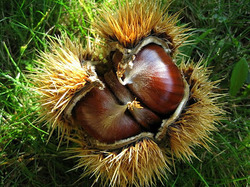 Castagne (Cast-AH-nyeh) have been cultivated for over 2000 years and were imported into Italy and the rest of the European continent from the Near East and Turkey. Ancient Greek writers--Dioscorides and Galen--wrote about the chestnut's health benefits while warning of the flatulence caused by overindulging. Early Christians thought chestnuts symbolized chastity. Communities in mountainous and forested areas of Italy relied on chestnuts as their main source of carbohydrates, and in some regions, a cake made of chestnuts is used as a substitute for potatoes. The European Chestnut can grow to 60 feet tall, or can be quite bushy. There have been reports in history of some trees reaching 50 feet in circumference around the trunk. But, just as with the huge, ancient 2000 year old olive trees we saw in Puglia, some trees love Italy so much and seem to live forever. Il Castagno dei Cento Cavalli (Chestnut of 100 Horses) on the eastern slope of Mount Etna in Sicily is the oldest known chestnut in the world, estimated to be between 2000-4000 years old! The tree's name comes from a legend about The Queen of Aragon and her army of one hundred knights being able to take shelter under the massive tree during a severe storm. In the 1700s its then intact trunk measured almost 200 feet around. Today, the tree's trunk is split into several different sections, but all are growing from the same roots and are still alive. The Mugello area in northern Tuscany is no doubt the heart of chestnut cultivation in Italy. In fact the Mugello Sweet Chestnut has been given Protected Geographic Indication status by the European Union. It is sweeter than others, peels easily and supposedly tastes of vanilla, hazelnut and the scent of fresh bread. 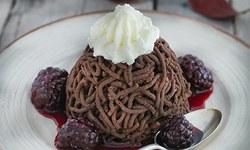 Montebianco (Mont Blanc) dessert Montebianco (Mont Blanc) dessert Although you can eat chestnuts raw, the flavor can be a bit astringent. The best way to enjoy them is roasting, although they can also be candied, boiled, steamed or deep-fried. For roasting, the outside of the fruit needs to be scored (yes, chestnuts are actually fruits) to prevent them from exploding. The texture is something like a dry baked potato with a sweet, nutty flavor. The flavor can be enhanced by tossing in sugar or a cinnamon-sugar mix. Some even toss them in a bit of melted butter. Chestnuts are used in many different ways: milled into flour for bread (long lasting!), cakes, pastas or polenta; to thicken soups and sauces; to make fritelli (fritters); candied or pureed and sweetened for desserts or as spreads; as an element of stuffing for turkey or goose; as a substitute for potatoes in stews; Tuscan chestnut cake; and in as a Montebianco dessert in Italy. The chestnuts in Europe--especially in Italy--are superior to the ones we typically find in American supermarkets. If you can, find someone who carries imported Italian Sweet Chestnuts. If not, there is always Amazon. Otherwise, here's a method of roasting chestnuts that won't dry them out while adding a bit more flavor:
Of course, chestnuts need to be eaten right away--as soon as you can touch them without burning your fingers. (Ouch). Peel. Eat. Peel a tangerine to go along with them. Sip some Amarreto. Tradition. Buon Giorno del Ringraziamento a tutti! (Happy Thanksgiving, that is.) e Buon Natale! (Merry Christmas, too!) --Jerry Finzi
If you enjoyed this post, please LIKE it and SHARE with your amici... grazie! We also have pages on: Google+ StumbleUpon 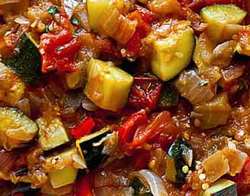 My son, Lucas loves the film Ratatouille, and so do Lisa and I. It's a wonderful jaunt through a vintage Parisian kitchen through the eyes of "Little Chef", a mouse who loves to cook. After seeing the film, Lucas wanted to make ratatouille, so we set out to do a rustic, delicious version and have made it many times since. But ever since re-discovering our Italian roots during our Grand Voyage of Italy, we have been concentrating more on Italian recipes. Well, this time we though we'd combine the best of both worlds--French country cuisine with the height of Italian culinary skills--in the making of a great risotto. I think we succeeded with our Ratatouille & Risotto. It's perfect for autumn or winter--a stick to your ribs supper. But this dish has two distinct personalities... the obvious simplicity of making the ratatouille--basically a vegetarian peasant stew--and the technically oriented risotto. For the Ratatouille Ratatouille is a very basic vegetable stew made in Provence and around Nice in southern France. It uses several basic ingredients: eggplant, zucchini, tomatoes, onion and pepper. There are many variations on the recipe, but the one I use is fairly rustic and traditional. Ingredients: 1 large Vidalia (sweet) onion-diced 1 bell pepper, diced 2 smaller sized eggplant-skinned, cut into 3/4 -1" cubes, (you can use one large, but they have more seeds and tend to be more bitter) 5-6 whole garlic cloves 3-4 young, slim zucchini-skin on, sliced once lengthwise, then into 3/4" half moon slices, (for the same reason, younger are more sweet and less seedy) 1-16 ounce can of diced tomatoes (I use Del Monte, oregano & basil spiced, in summer use fresh heirloom paste tomatoes) 1 cup chicken (or vegetable) broth 1/4 cup port wine 1 tablespoon salt 2 tablespoons oregano 1 tablespoon rubbed sage 3 bay leaves (remove after cooking!) 40 cracks of fresh pepper (from a pepper mill, fine grind) 1/2 teaspoon hot pepper flakes Olive oil for sauteing
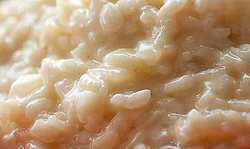 For the Risotto We mainly use Arborio rice when we make risotto, but even better is if you can find Canaroli rice--it makes an even creamier risotto and is a bit more forgiving. The trick with making risotto is patience. It can take the better part of an hour or more--constantly adding broth and stirring--until the starchy exterior of the rice breaks down enough to make a creamy risotto, while still keeping a pasta-like "tooth" in the cooked rice. You don't want any crunch, there shouldn't be any mushy rice, and the texture when finished should be loose, glistening and creamy. While there are some tricks for making risotto faster, there's no substitute for a strong arm and standing at the stovetop for up to an hour... Ingredients: 2 cups arborio or carnaroli rice 2 tablespoons light olive oil 1 medium sweet onion (or half a large Vidalia)-diced finely 1 cup dry white wine (Frascati or Pinot Grigio, or one of your choice) 6 cups of chick or vegetable broth, heated in a saucepan (for ladling into the rice) 1/4 teaspoon salt 1/2 stick unsalted butter 1-1/4 cups of finely grated Parmigiano-Reggiano cheese (plus additional for topping off the dish)
Toward the end, you will notice the starch in the rice being released to make a creamy consistency. Occasionally, taste the rice to make sure it is cooked through while still having a little bit of "tooth". You do not want it mushy, but you don't want crunch on individual grains. You will also know when the rice is nearing completion when you experience a sort of "wave" when you stir the rice, making a circular motion with the flat edge of your spoon around the bottom of the pan. Italian chef's call this the all'onda (wavy) effect. When your spoons passes and the rice behind it slides back like a silky wave, the risotto is at the right texture.
Some recipes say that this will take only 30-35 minutes, but I have found it takes me 45-65 minutes until the rice is cooked and getting creamy. Risotto should be served immediately when completed, so timing is key. But in the event you have to let your risotto sit for a bit, just leave covered, unheated... then before serving, revitalize it by heating it with a little bit more hot water on a medium low flame until the water is incorporated and it has reached the "wave" stage once again. To service, place a portion of the risotto on your plates and add some ratatouille on top, toward one side (let the creamy risotto show itself off too). You decide to have a hearty Italian Chianti or a nice French Bordeaux with the dish... after all, it does have a split-personality. I'd also like to add that this is a basic risotto recipe. Once you learn how to make this, you can experience with adding all sorts of other things into the risotto... mushrooms, saffron, peas, shrimp, etc. And the ratatouille recipe is great topping a pizza, with pasta or even as a filling for a stuffed baked potato! Buon appetito! --Jerry Finzi If you enjoyed this post and have cooked the recipe, please leave a comment or post your feedback on our Facebook page. Grazie. From CNN, By Ed Falco (Editor's note: Ed Falco is the author of the novel, "The Family Corleone," a prequel to Mario Puzo's "The Godfather." Among his awards and honors are an NEA fiction fellowship and the Southern Review's Robert Penn Warren Prize. He is a professor of English at Virginia Tech, where he directs the MFA Program in Creative Writing.) In Murfreesboro, Tennessee, where there is opposition to the building of a mosque, protesters are reported to have gathered at the construction site shouting, "Islam is not a religion!" When I read this in my local paper, I thought about how the people of Murfreesboro's Islamic community must have felt at the sight of their neighbors rallying against them and their religion. America has a proud tradition as an immigrant nation, but it also has a long history of marginalizing those it marks as "other." America's other heritage includes suspicion, hostility, abuse and even death, leveled against ethnic groups as they arrived one after another in waves over the past 2½ centuries. I learned much about this as I researched "The Family Corleone," a novel I wrote based on a screenplay by Mario Puzo. The novel is about, among other things, Italian-Americans living in New York during the depression. There were a number of things that surprised me in my initial research. I knew something about our nation's early antipathy toward Catholics and Italians, but I had not fully appreciated the depth of that antagonism. For example, the largest mass lynching in U.S. history took place in New Orleans in 1891 — and it wasn't African-Americans who were lynched, as many of us might assume. It was Italian-Americans. After nine Italians were tried and found not guilty of murdering New Orleans Police Chief David Hennessy, a mob dragged them from the jail, along with two other Italians being held on unrelated charges, and lynched them all. The lynchings were followed by mass arrests of Italian immigrants throughout New Orleans, and waves of attacks against Italians nationwide. What was the reaction of our country's leaders to the lynchings? Teddy Roosevelt, not yet president, famously said they were "a rather good thing." The response in The New York Times was worse. A March 16, 1891, editorial referred to the victims of the lynchings as "... sneaking and cowardly Sicilians, the descendants of bandits and assassins." An editorial the next day argued that: "Lynch law was the only course open to the people of New Orleans. ..." (Read the entire article HERE...) Below is a political cartoon from “The Mascot” newspaper published on September 7, 1888 in New Orleans. Through out the 19th century many Americans were angry at the influx of immigrants coming over from Southern and Eastern Europe.
The Italian immigrants were discriminated against in both the north and south. Often working in northern sweatshops for little pay or on southern farms doing the hard work of former slaves. There were also discriminated against because of their skin color. Coming from Southern Europe most Italians had darker skin colors and we often treated no better the freed slaves, and frequent victims of lynching. The above cartoon is an example of the discrimination the Italians faced in America. The top part of the cartoon shows how Americas feel about the Italians, crowding the streets and apartments, and starting fights. This stereotype has often been encouraged, even today, as Italians being violent people and participating in organized crime. The bottom of the cartoon gives ways to get rid of the perceived problem of Italian immigrants, either “dispose” of them or arrest them. During this time the Italians faced a large amount of discrimination in New Orleans, especially by the Irish immigrants already living there. In 1890 the many people in New Orleans blamed the Italians for the murder of David Hennessey. Hundreds of Italians were arrested and even though they were eventually released, eleven Italians were lynched by a mob. Contact: Association VoceAllOpera
We fell in love with wines in Puglia when we Voyaged throughout Italy. Back at home, we discovered that Pugliese wines are, well, not discovered here. Local wine shops usually have only one or two from Puglia... our favorite go-to, affordable choice is a Primativo by Layer Cake. We haven't had a bad bottle yet. This gave Lisa an idea to try other wines, from the region, but to do that we needed a bigger wine shop. She decided on Astor Wines in New York City. I used to buy from Astor when I lived in Manhattan and can tell you from experience, this wine shop has everything. I mean everything... from $600 bottles of vintage bottles, to under $10 bottles. Well, being on the frugal side of life (and never having been satisfied with any wine that we paid over $50 for), the $10 range was just about right. Here is the first in the series... Cent'anni! 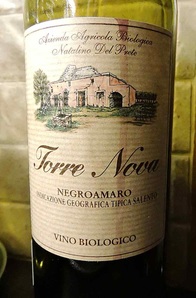 Torre Nova Negroamaro 2014 $10.98 (Astor Wines) This is an organic, un-oaked, red wine--that is, it was not aged on an oak barrel. It's from the Salento region of Puglia--the heel of the boot. It was full bodied and fruity at first, but then the acidic youthfulness hit my tongue. The finish was smooth and a bit spicy. It reminded me of a rustic Chianti. This might be a bottle to keep for a few years to see how it ages. It went great with a primavera pasta and would be a good mix on the palette with beef. --JF The Giuseppe Finzi was a Calvi-class submarine built in Genoa for the Royal Italian Navy in 1935. It served in the Mediterranean at the start of the WWII. The Finzi was named for a popular member of the Italian parliament who served in the late 1800s. The boat was transferred to the BETASOM German submarine base at Bordeaux in August 1940 and in December 1941 the boat, along with two other subs in its class, were used for a rescue mission of 254 sailors from the sunken German auxiliary cruiser Atlantis. One of it's sister ships was sunk, while the Giuseppe Finzi and Tazzoli were to be converted into transport submarines in order to exchange rare or irreplaceable trade goods with Japan.
Giuseppe Finzi's first war patrol was from Cagliari to the Atlantic, and lasted from 5 June to 10 July 1940. Finzi sailed on 7 September 1940 and passed the Strait of Gibraltar on 13 September for an Atlantic patrol to Bordeaux on 29 September. Admiral Karl Dönitz visited Finzi on 30 September to welcome Regia Marina sailors to the German base. The third patrol near the British Isles from 24 October to 4 December 1940 revealed that the diesel engine air intake was too exposed for North Atlantic winter weather. The fourth patrol was near the Canary Islands from 10 March to 17 April 1941 and the fifth patrol was off Gibraltar in August. During the sixth patrol from 7 to 29 December 1941 Calvi, Finzi and Tazzoli rescued sailors of the sunken raider Atlantis. Finzi sailed for Operation Neuland on 6 February 1942 and returned on 31 March. Finzi returned to the Caribbean Sea for an eighth patrol from 6 June to 18 August 1942. On 26 November 1942 Finzi sailed for a ninth patrol to Brazil; but mechanical problems required return to base on 10 December. Finzi patrolled the west African coast from 11 February to 18 April 1943. Conversion to a transport submarine was never completed. Giuseppe Finzi was subsequently captured by German troops, renamed UIT21 and then scuttled at Le Verdon-sur-Mer in Bordeaux, France on 25 July 1944. --Jerry Finzi If you enjoyed this post, please SHARE it with your friends. Grazie. |
Categories
All
Archive
June 2024
|




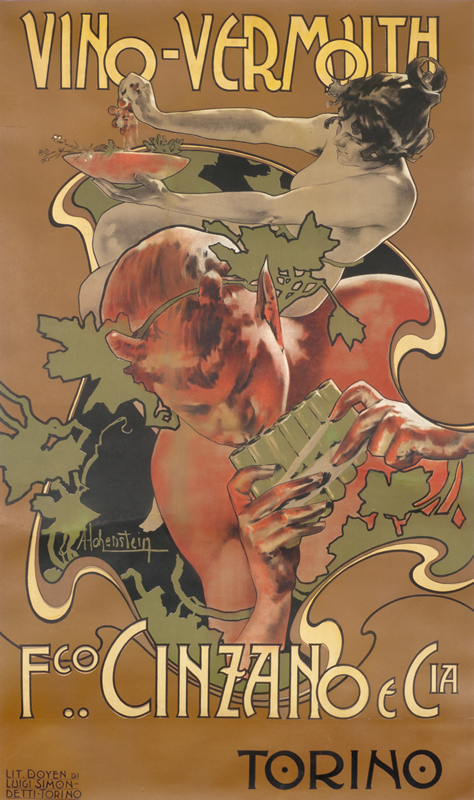
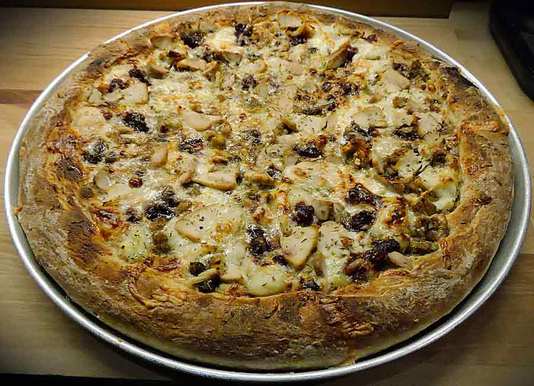
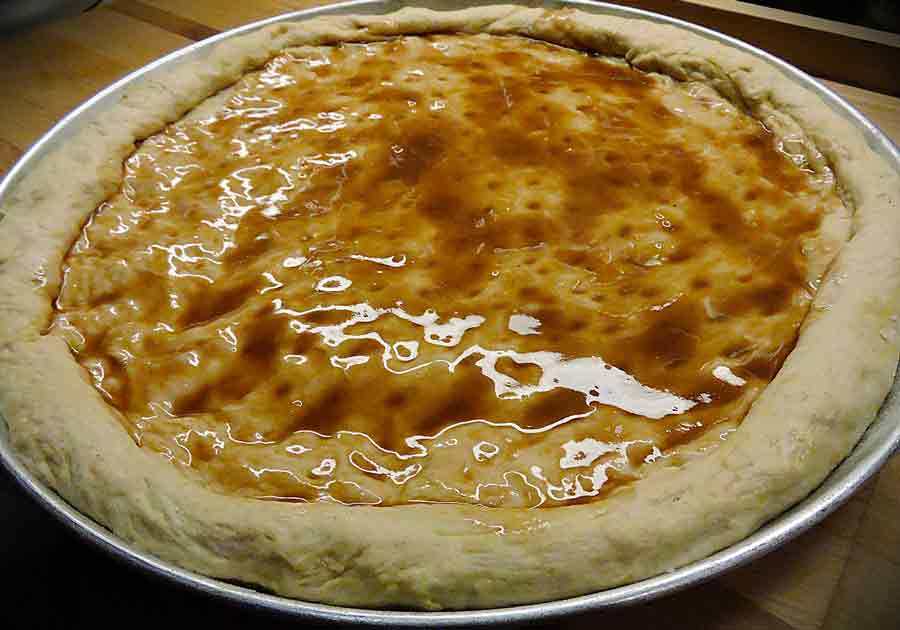
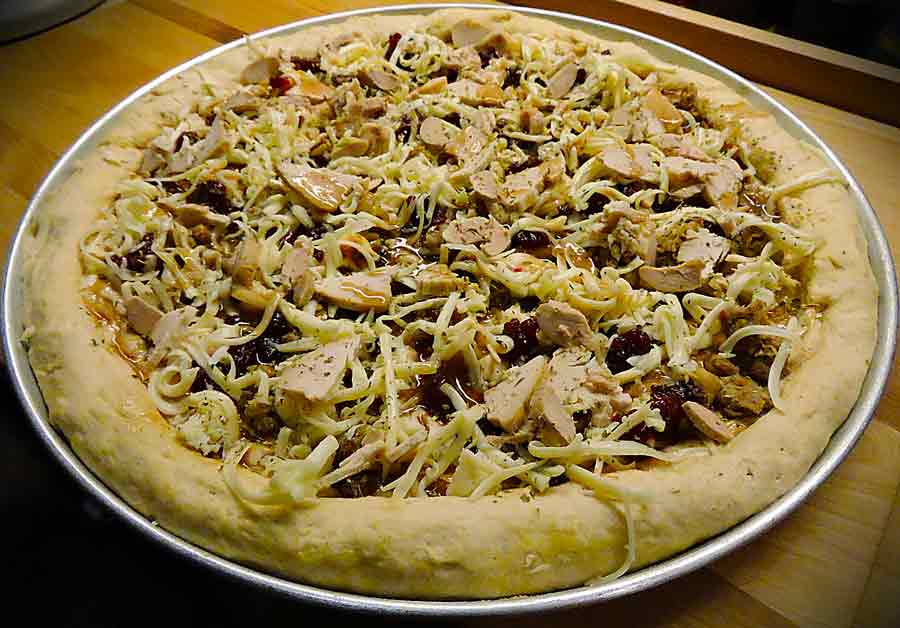
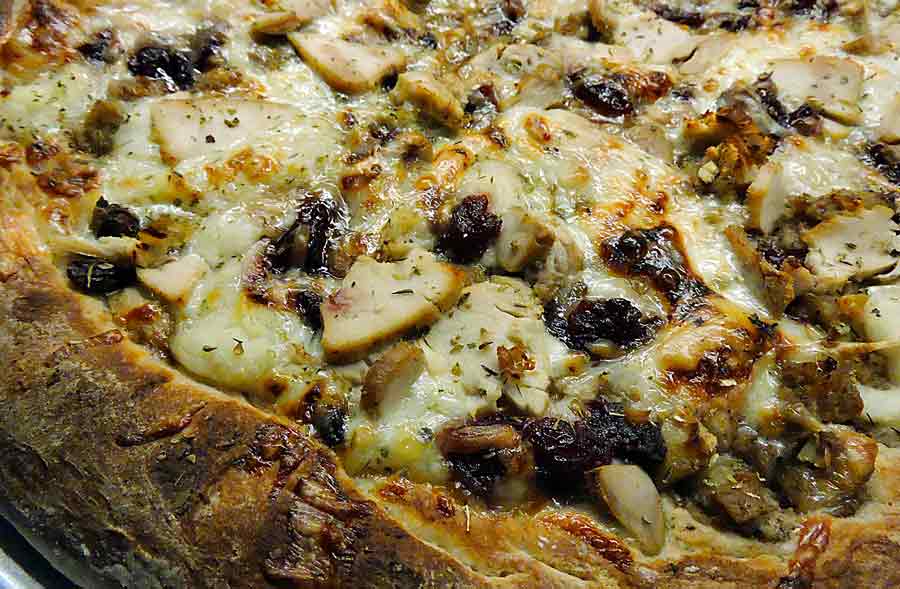
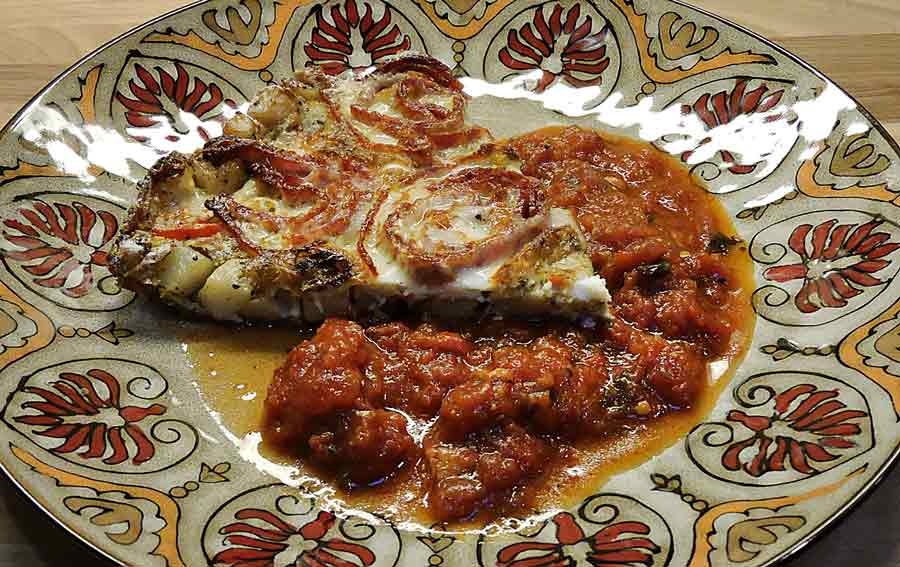
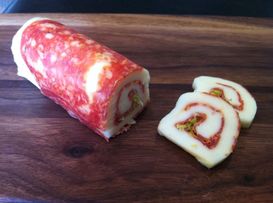

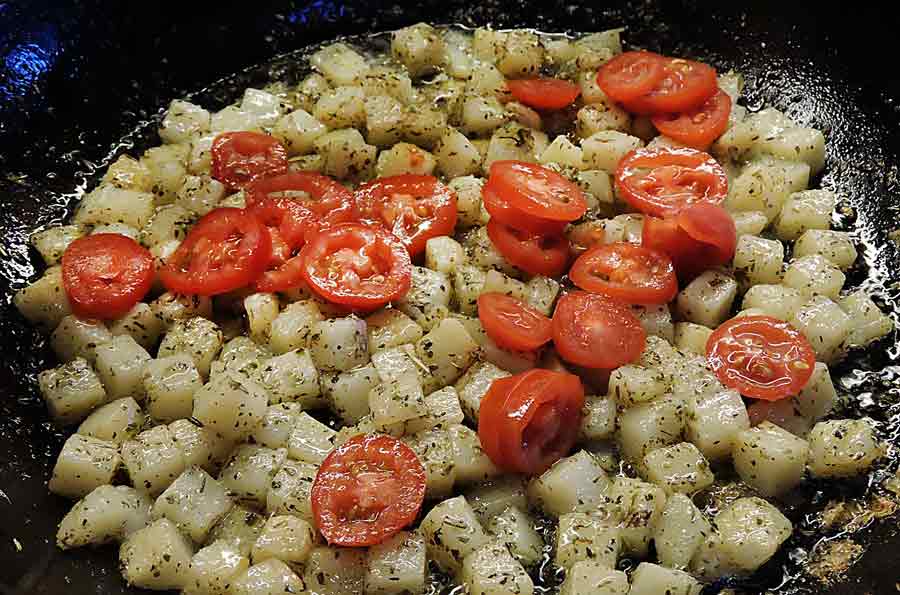
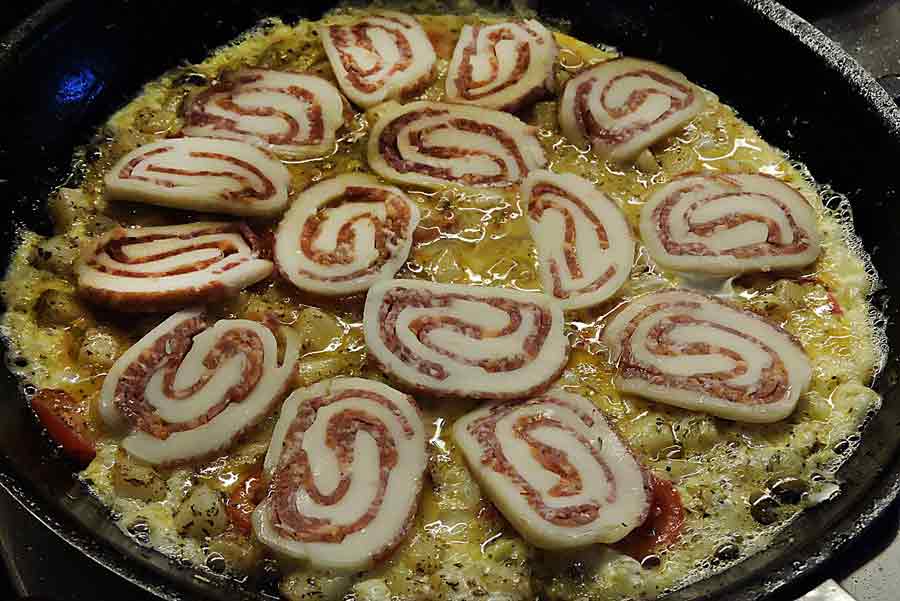
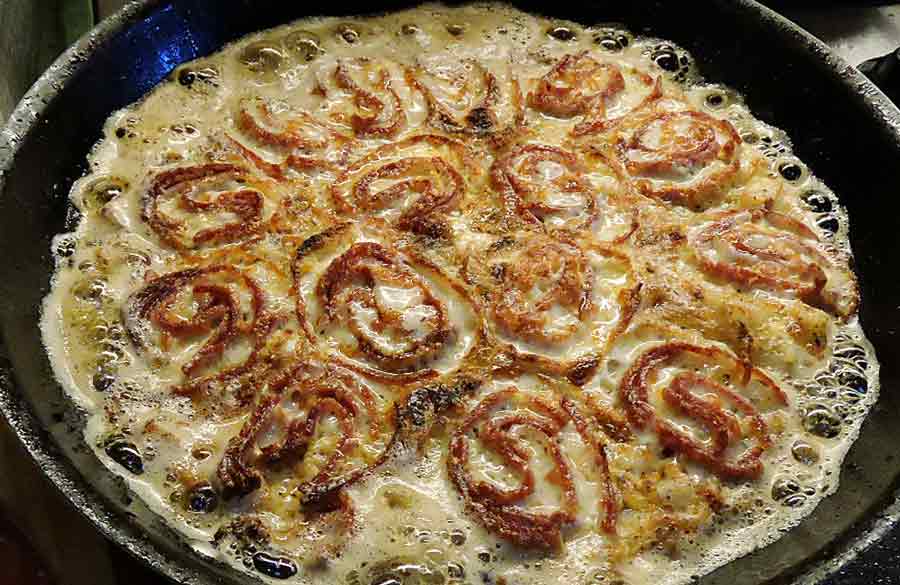
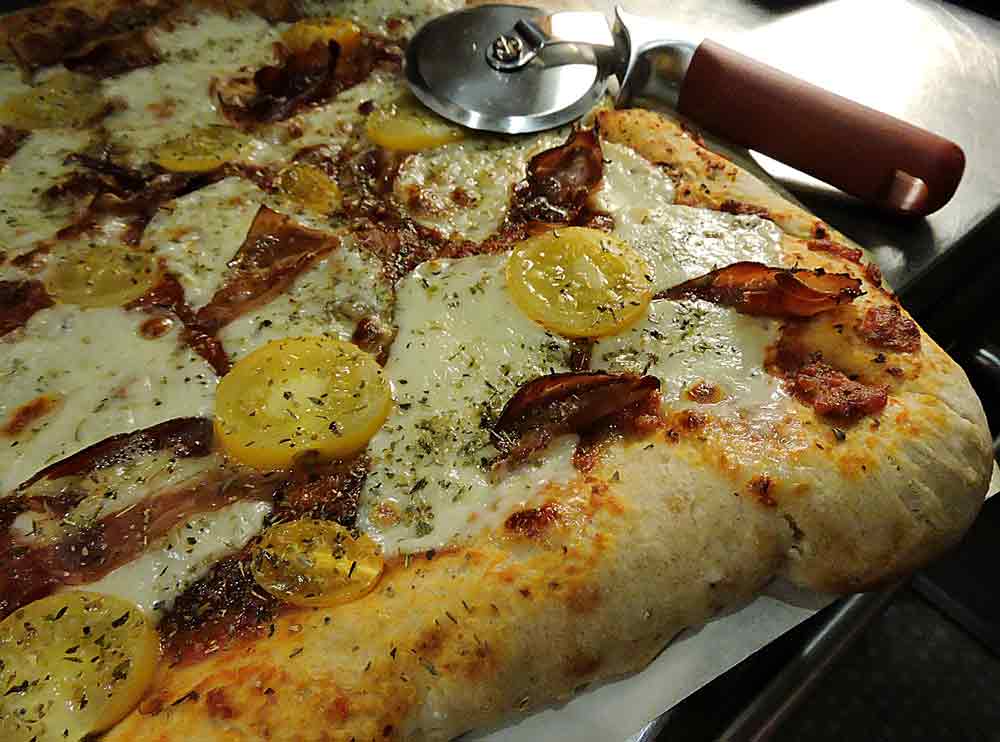
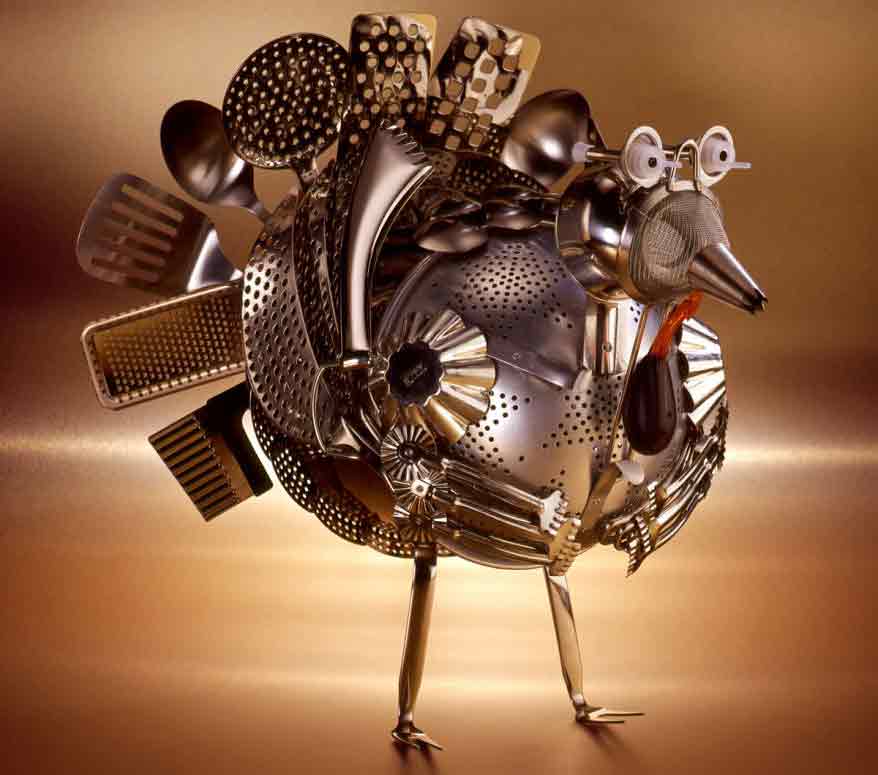
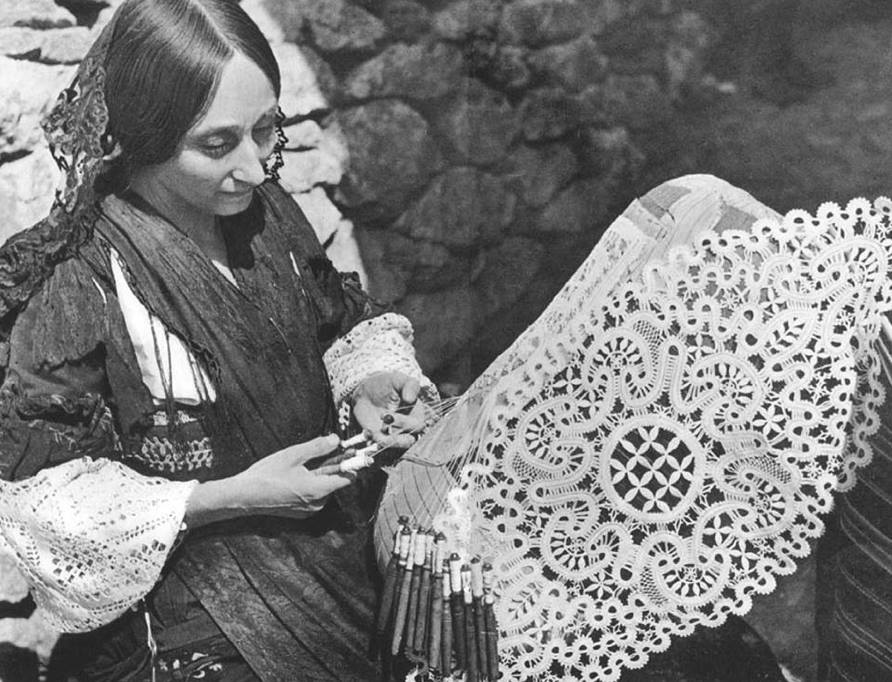
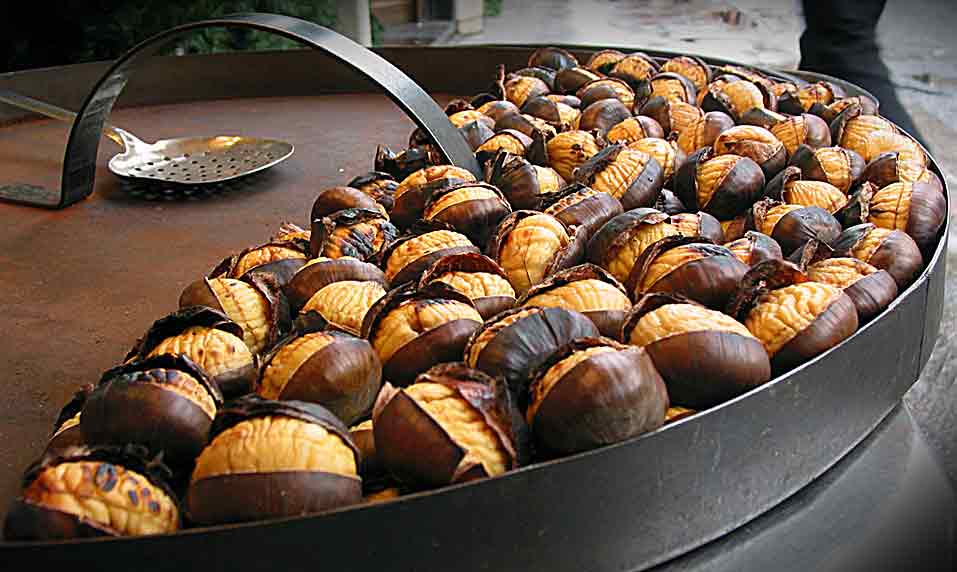

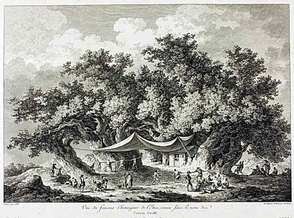
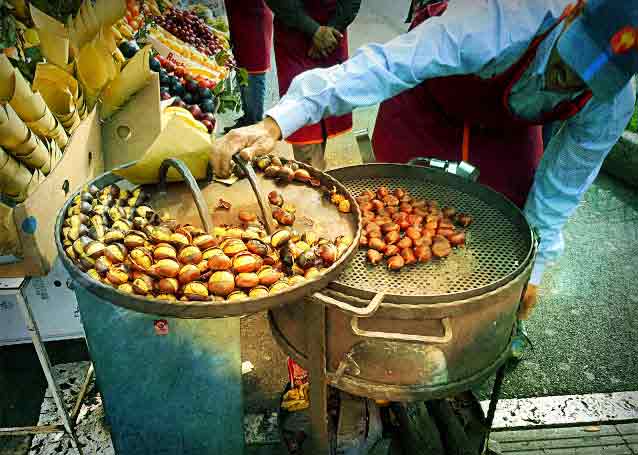

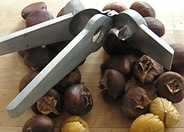
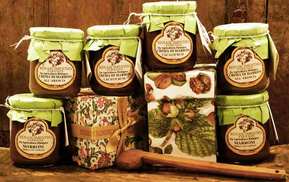
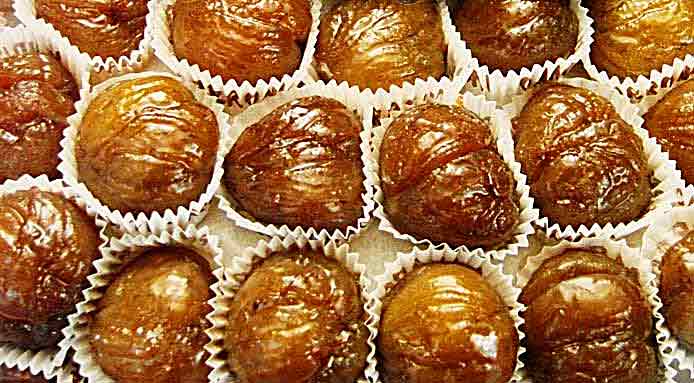
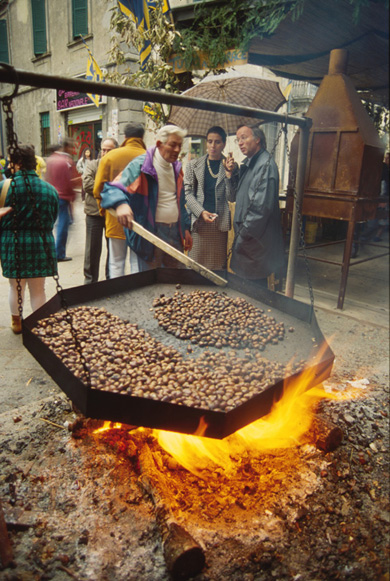
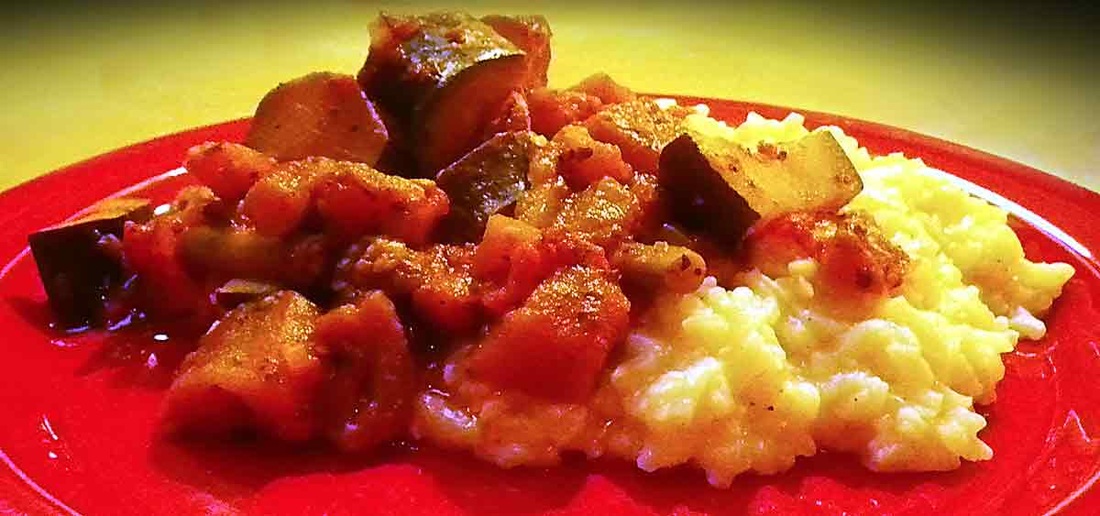
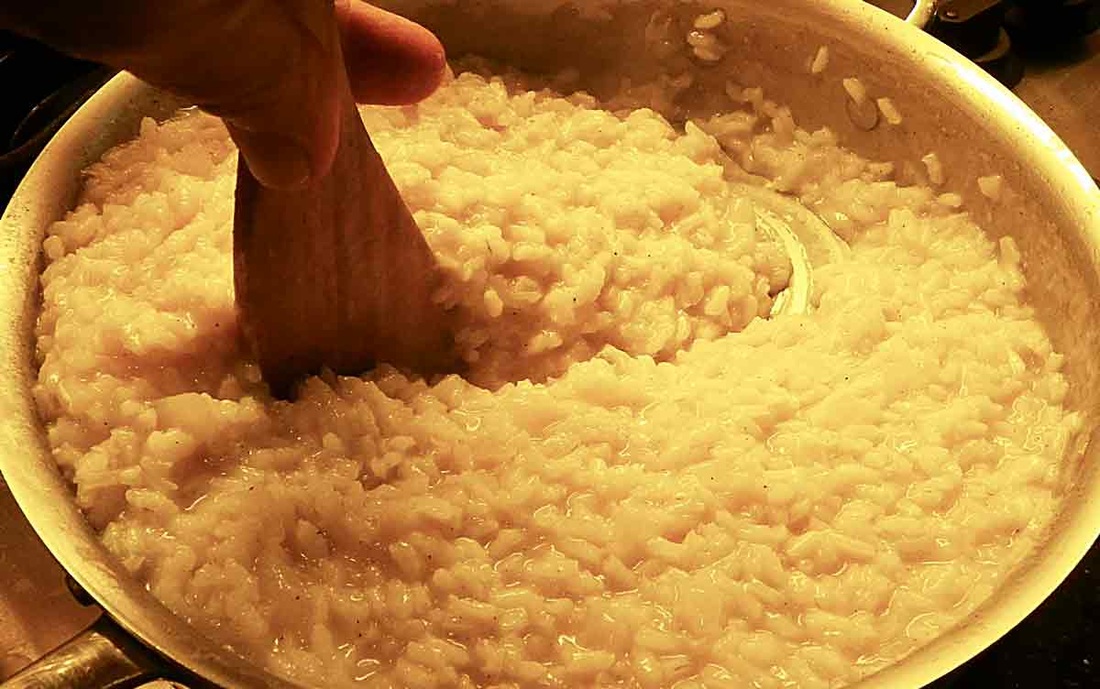


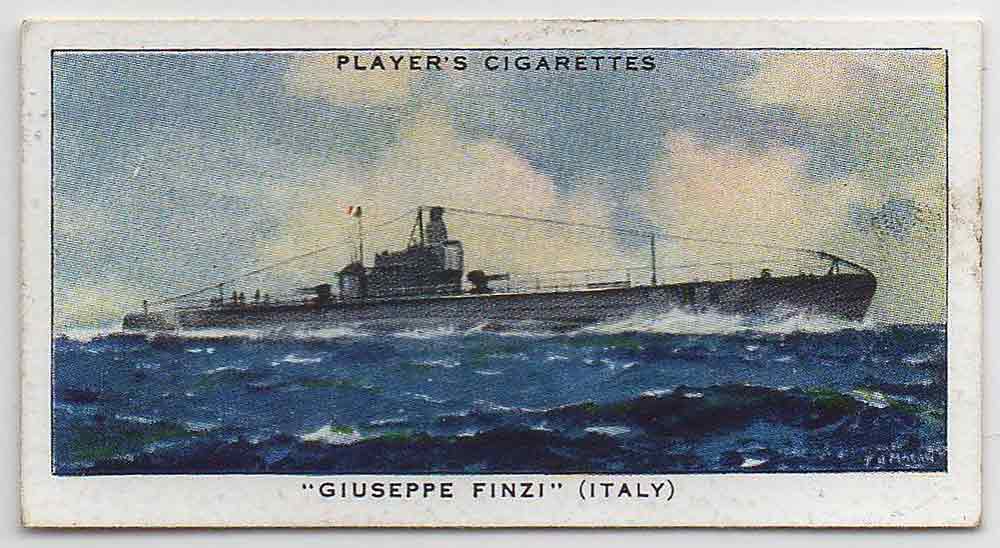

 RSS Feed
RSS Feed
